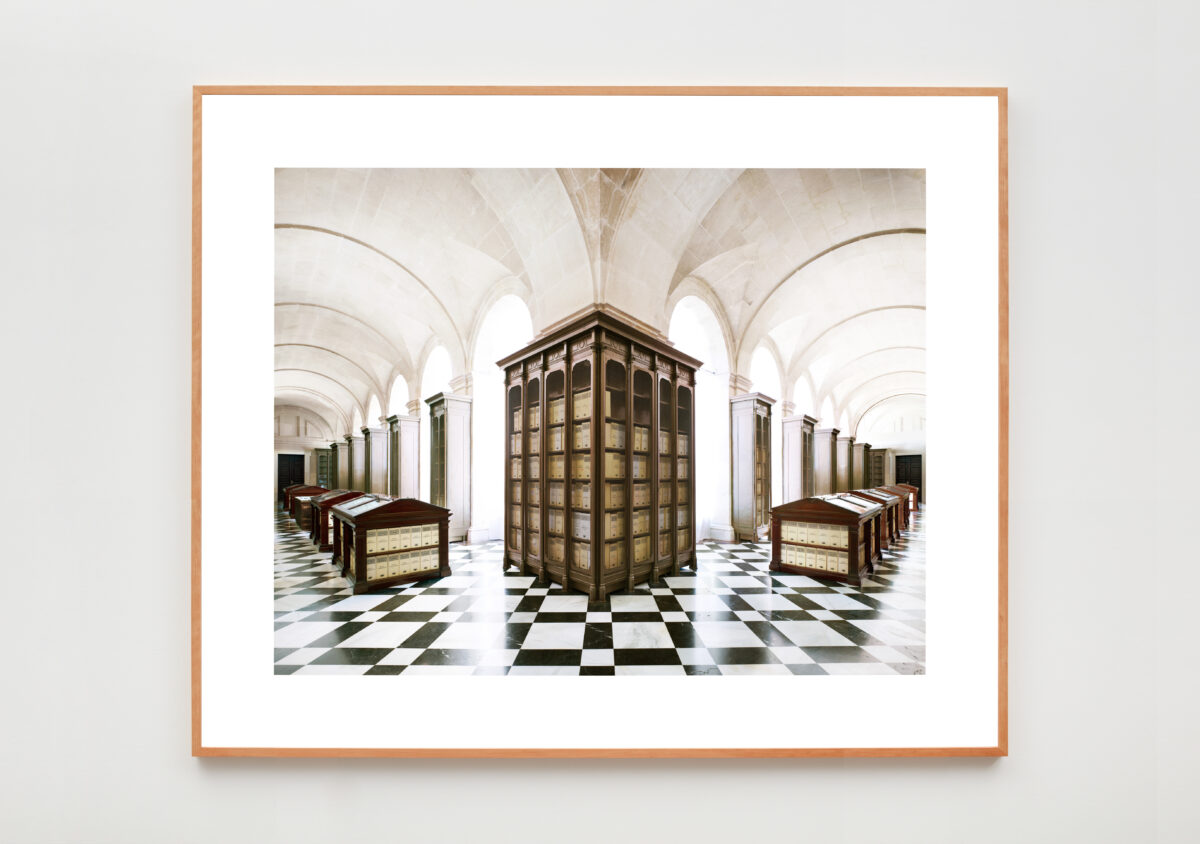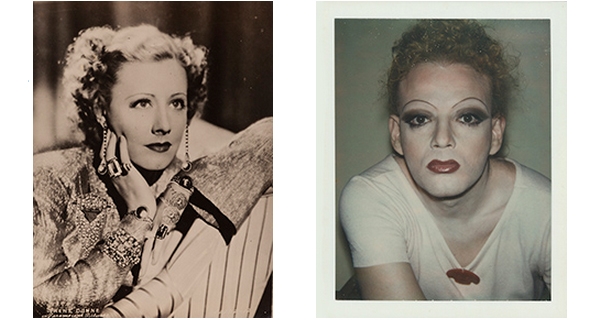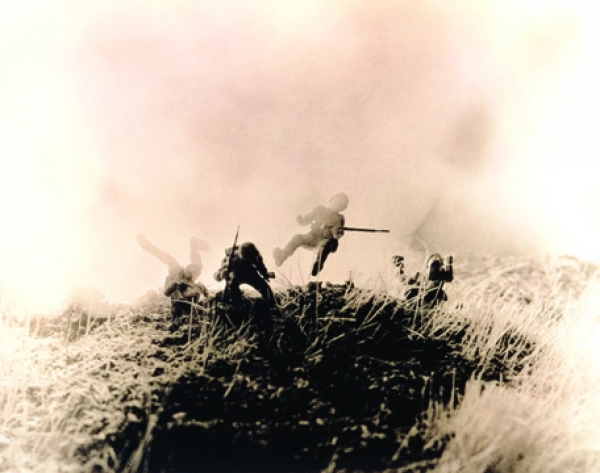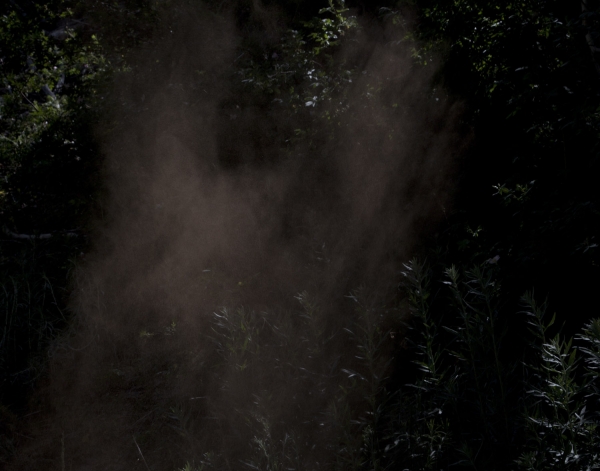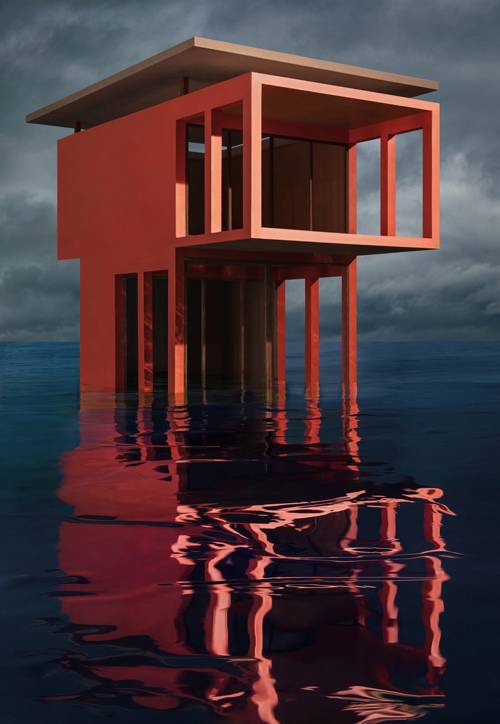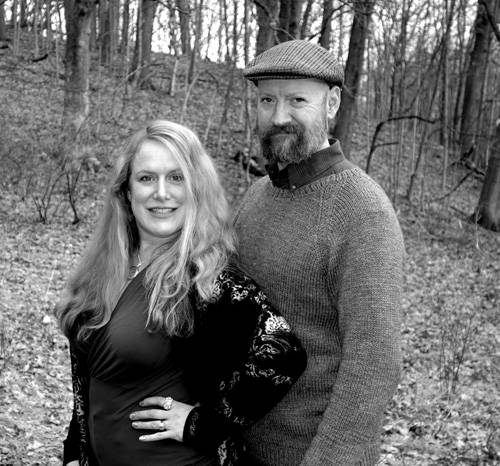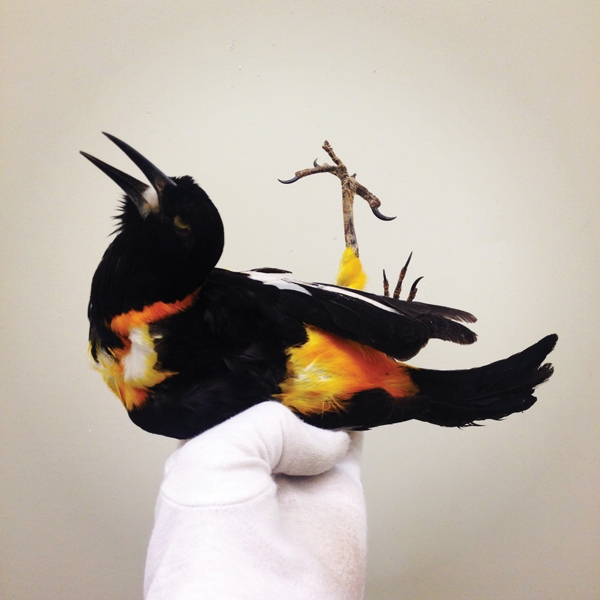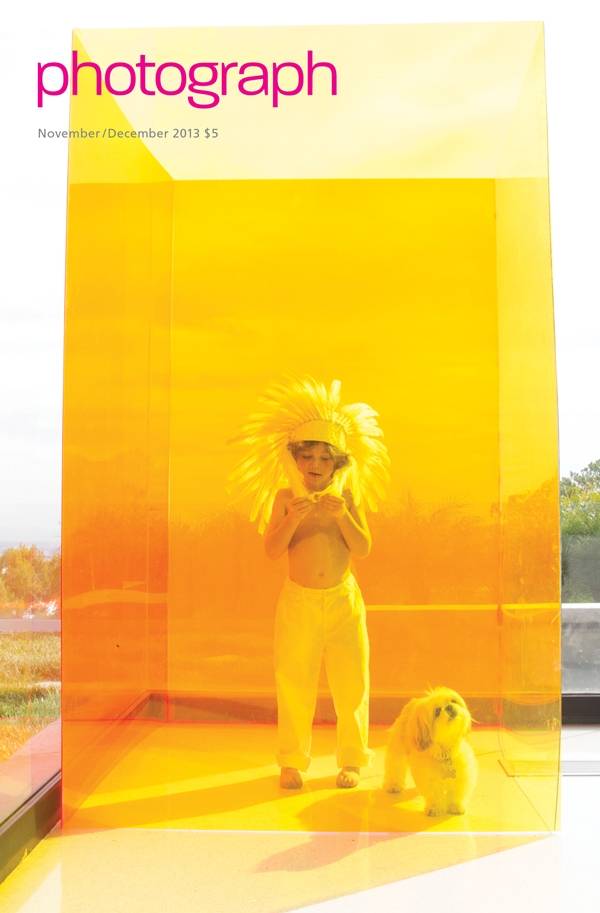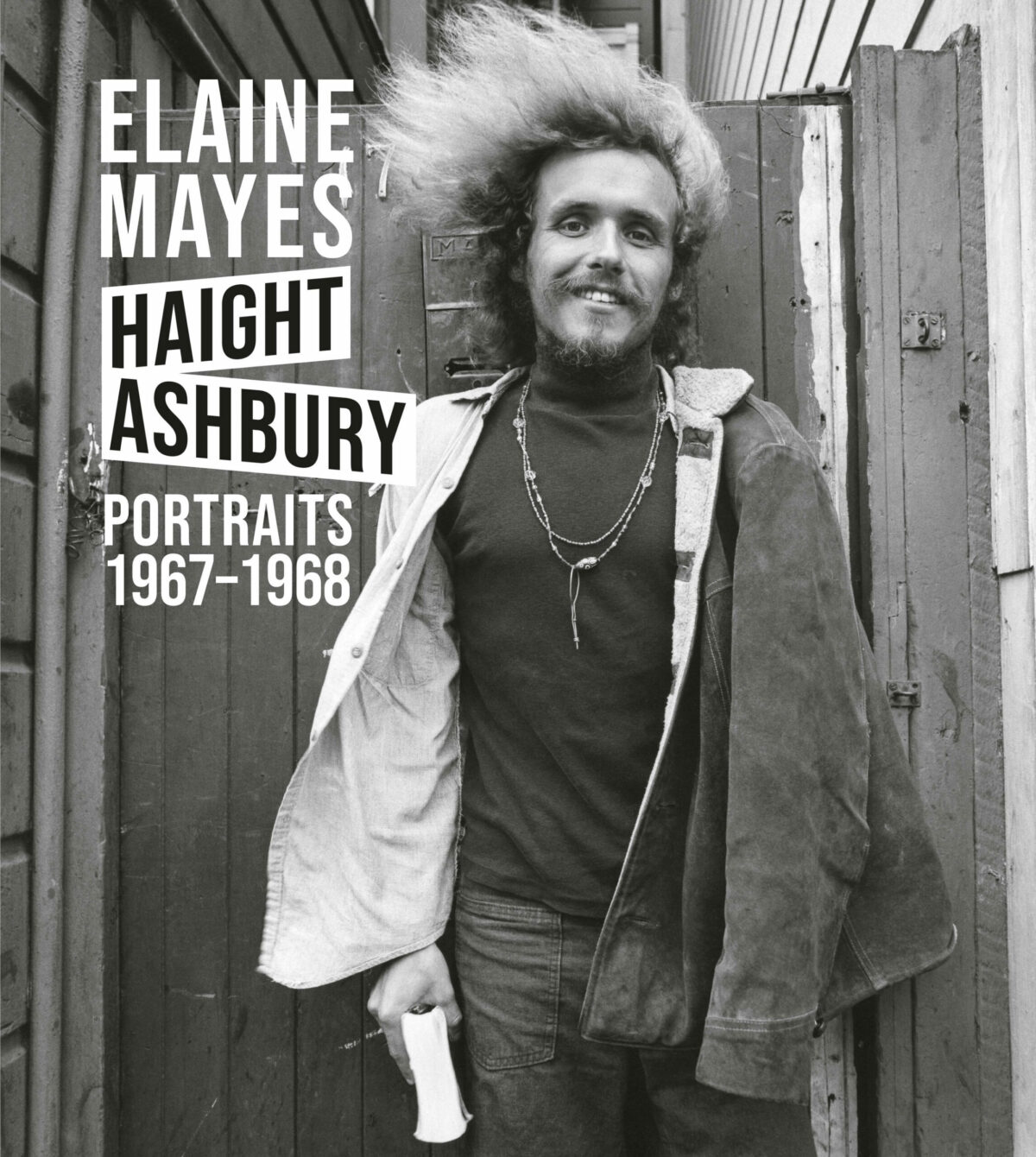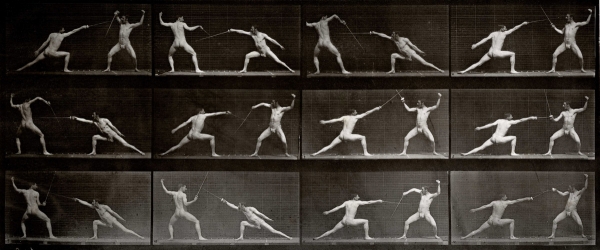

Photo by Lissa Rivera
Having grown up in the land of Kodak, Sean Corcoran may have been destined to go into the field of photography. Now the curator of prints and photographs at the Museum of the City of New York, Corcoran grew up in the Finger Lakes region of New York and attended Nazareth College in Rochester. “Growing up, Kodak was always a presence,” he says, “and I was always interested in and aware of photography.”
It didn’t hurt that Corcoran also had a collector’s mentality, even as a kid. “I was always interested in acquiring things and collecting things,” he says. That hasn’t changed: in addition to his job at the museum, he personally collects photography books and record albums, which run the gamut from Sun Ra to Graham Parsons, from punk to hip hop. “There’s something nice about a big dust jacket that you can read while you’re listening,” he says. “You have to be there, it demands your attention.”
The same can be said about photo books, and the narrative arc of a sequence of images that you follow while paging through them. In fact, it was books like Alexander Gardner’s photographic sketchbook of the Civil War and the geological survey photographs of the American West, says Corcoran, “that really pushed me to think of photography as a vein of history.”
After earning his BA, Corcoran became interested in exploring history through objects. He took a job at the Strong Museum in Rochester, which at the time was a decorative arts museum. His first project there was an exhibition about mourning, death, and dying, and the museum had just acquired a large collection of post-mortem photography that was later acquired by the George Eastman House. “That really opened my eyes to this whole other world of photography that I didn’t know about,” he says. After earning an MA in Museum Studies from Syracuse University, he started working at the Eastman House, where he stayed for eight years.
He came to the Museum of the City of New York seven years ago, and his first show was of photographs of the South Bronx by Ray Mortenson. “I’m still proud of that show,” he says. “One of the things that I like about this position is that we show some of the best-known photographers, but also work that is really great that maybe people haven’t seen before.” Aaron Rose’s photographs of Coney Island from the early 1960s, on view through August 3, fit that bill as well.
MCNY is an unusual institution, and one that dovetails with Corcoran’s interests, in that “we’re not strictly an art museum,” says Corcoran, “we’re really a history museum that shows art.” As a curator, he looks for “contemporary work, made since the 1960s, that is quintessentially New York.”
That means that Corcoran culls from a wide range of sources to find the photographs best suited to representing the city. After Hurricane Sandy, for example, the show Rising Waters included work by professional photographers but also imagery Corcoran found by scouring Instagram and the web. “It was important to show images that were being shared instantly rather than just the ones going out days or weeks later. The show was an encapsulation of where photography is today,” he adds. “All the lines were blurred.”

